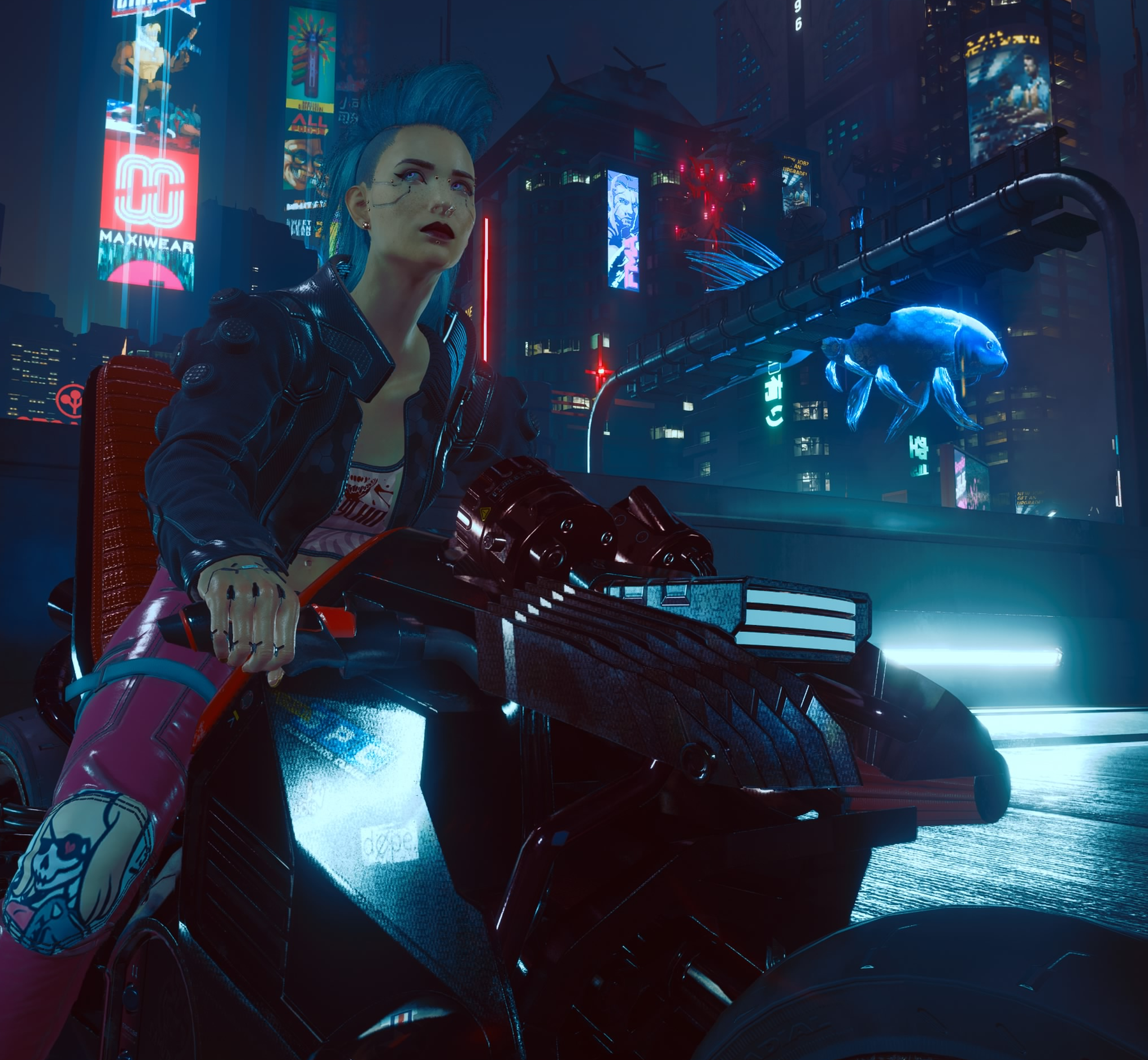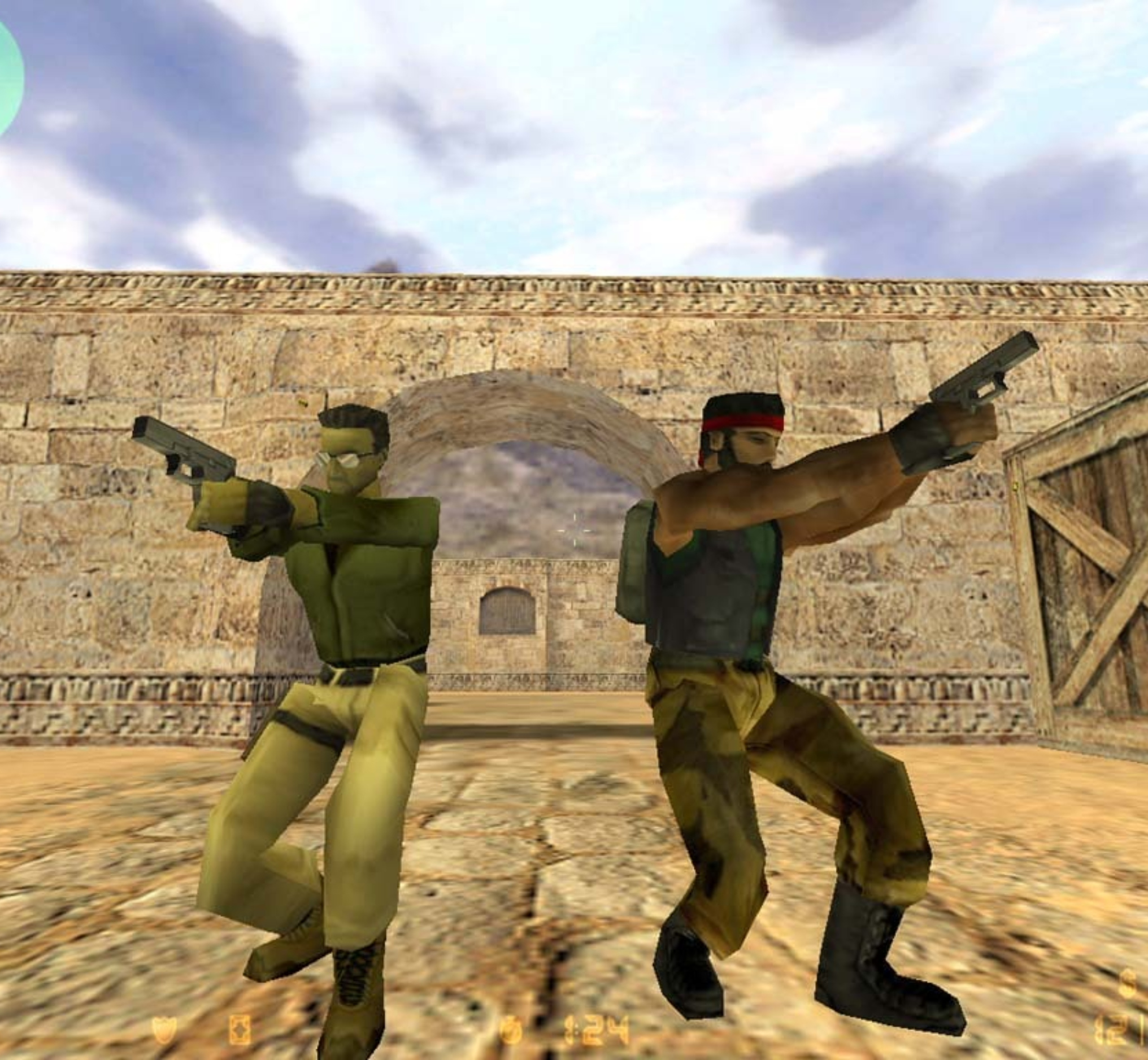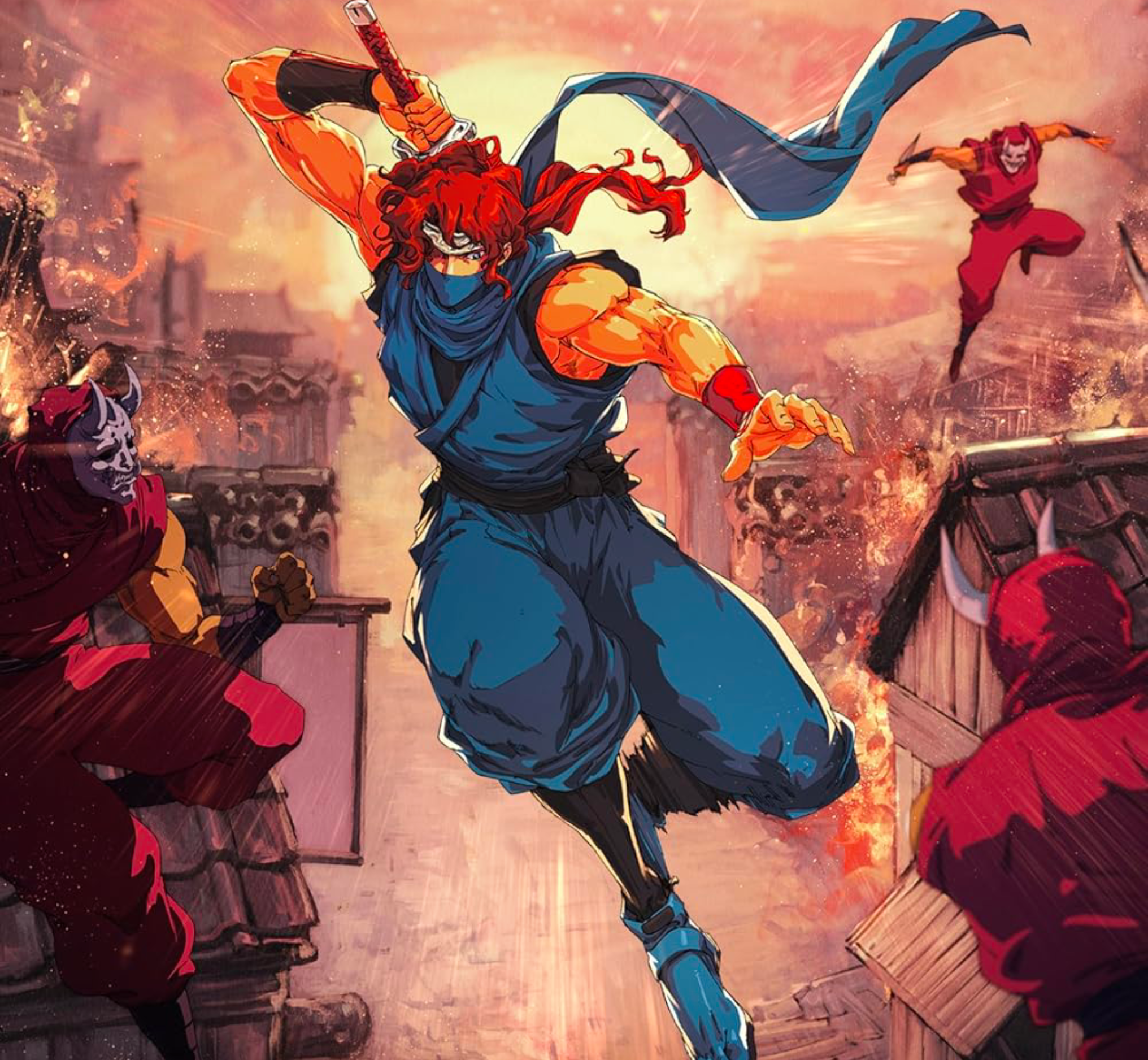The gaming industry has long thrived on innovation, but one of the latest technological shifts is sparking unease rather than excitement. Generative artificial intelligence, once hailed as a groundbreaking tool for efficiency and creativity, is now drawing criticism from developers who fear it could lower the overall quality of video games.
In recent years, studios large and small have experimented with generative AI to streamline tasks ranging from concept art creation and dialogue writing to code debugging and quality assurance. Proponents argue that these tools can speed up development, reduce costs, and enable smaller teams to achieve production levels once reserved for major studios. However, an increasing number of developers are warning that reliance on AI could come at the expense of originality, depth, and the human touch that defines great games.
One of the central worries is narrative quality. Storytelling in games has evolved into one of the medium’s most powerful features, with titles praised for their emotional depth and carefully crafted dialogue. Developers argue that while AI can produce large volumes of text quickly, it struggles to replicate nuance, character consistency, and emotional authenticity. The result, some fear, could be a flood of games with shallow or repetitive storylines.
Visual design is another area under scrutiny. Generative AI is capable of creating concept art, textures, and even full 3D models in minutes. But critics note that this efficiency often results in generic or derivative designs, raising concerns that visual creativity could be diluted if studios rely too heavily on automated processes. For an industry that thrives on unique art styles and memorable aesthetics, the risk of homogenization looms large.
Developers are also voicing ethical concerns. Training AI systems often requires massive datasets, some of which include copyrighted works. The blurred line between inspiration and plagiarism has already sparked debates in art and literature, and similar controversies are beginning to surface in gaming. Many worry that overreliance on AI could spark legal disputes while devaluing the contributions of human artists and writers.
Another pressing issue is player trust. Gamers have historically been vocal when they sense corners being cut. From buggy launches to poorly written quests, the community is quick to call out studios that prioritize speed over substance. If AI-generated content leads to formulaic or low-quality experiences, developers fear backlash could erode consumer confidence in both individual studios and the industry at large.
Despite the concerns, some argue that AI does not have to replace human creativity but rather complement it. Supporters envision a future where generative AI handles repetitive, technical tasks, freeing human developers to focus on higher-level design, innovation, and storytelling. For example, AI tools could generate procedural assets for open-world environments, while human designers refine and shape the details that give those worlds life and personality.
The debate highlights a growing tension between efficiency and artistry. As studios face rising development costs and demand for faster releases, the temptation to lean on AI will only increase. But as skepticism builds within the developer community, the gaming industry may need to tread carefully, balancing the promise of new technology with the need to preserve the craftsmanship that players expect.
For now, generative AI remains a double-edged sword: a powerful tool with the potential to revolutionize game development, but also a disruptive force that could compromise the very qualities that make games memorable.



